Class II Amalgam Restoration
#29 DO

Overview
-
Occlusal
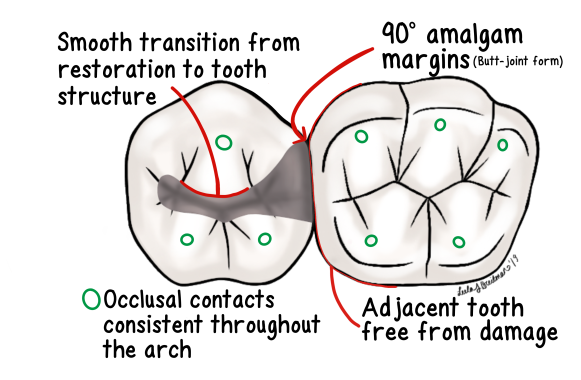
all centric and excursive contacts on the restoration are consistent in size, shape, and intensity with such contacts on other teeth in that quadrant
-
Proximal
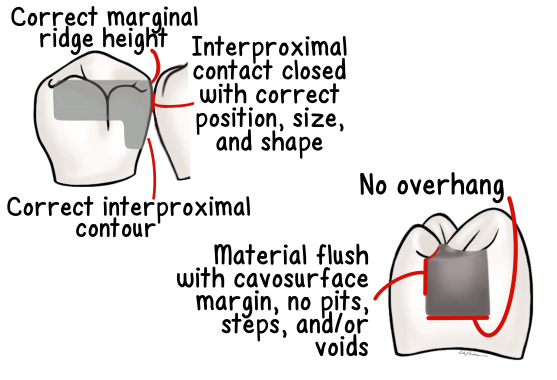
marginal ridge should be at the appropriate height proximal contour and contact area should be correct
Armamentarium
Instruments and Materials
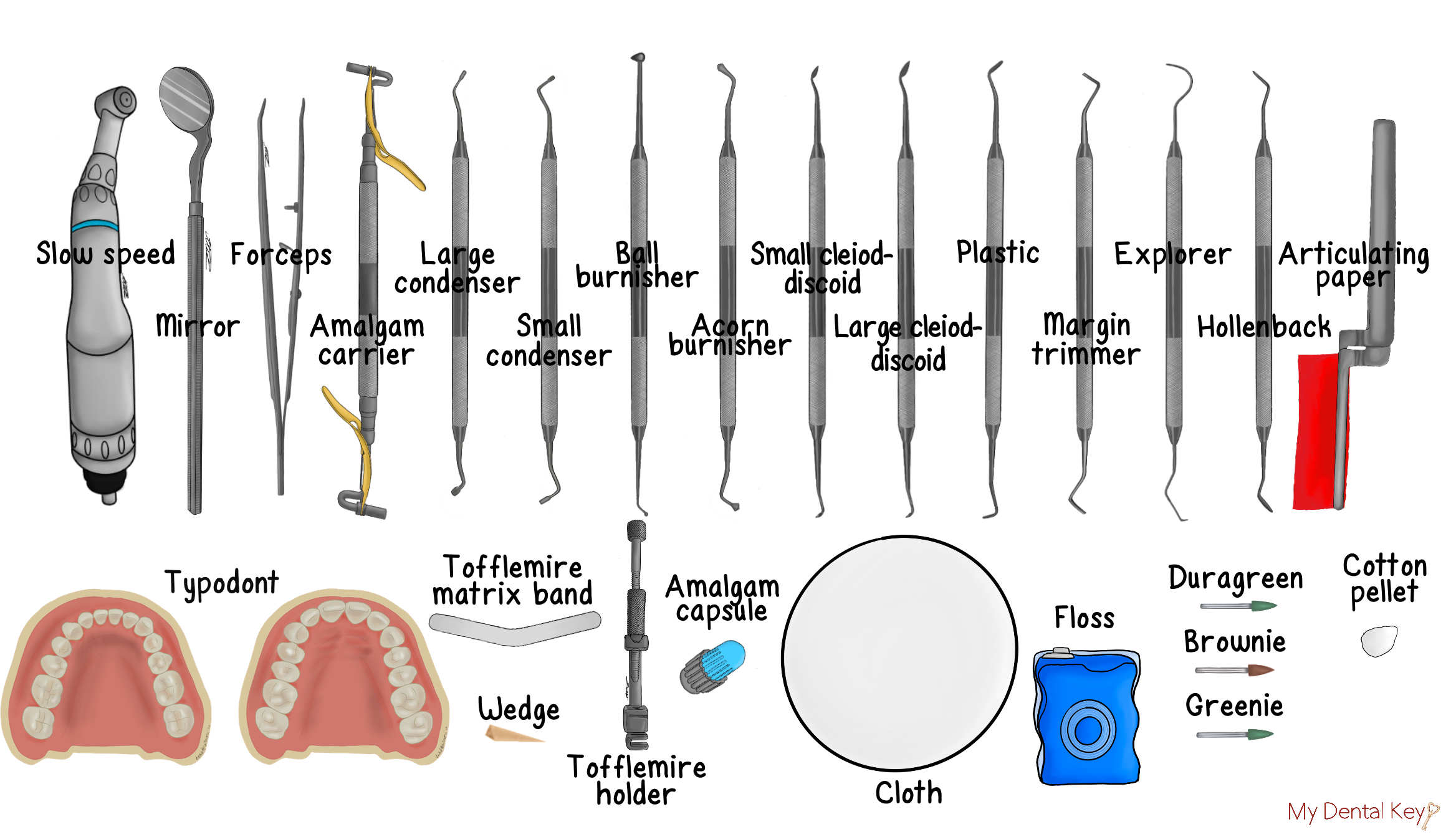
Video Demonstration
Procedures
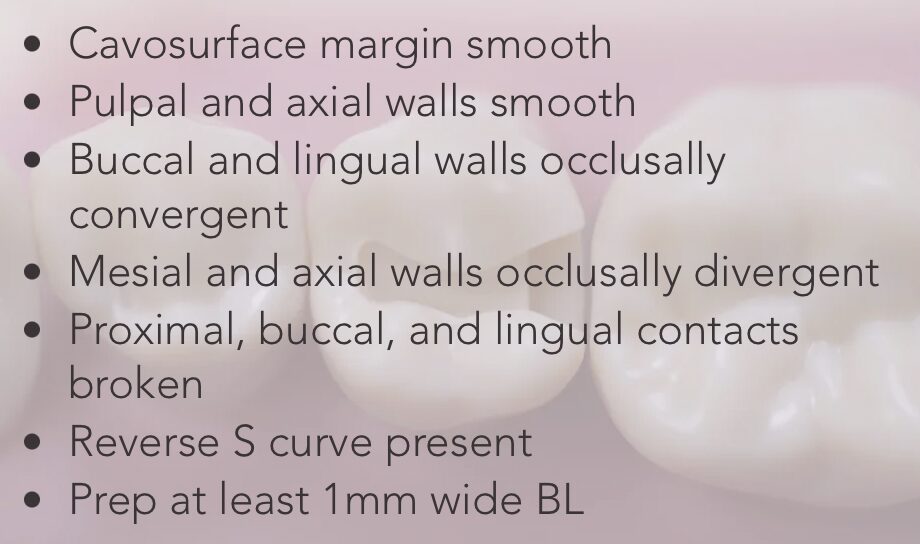
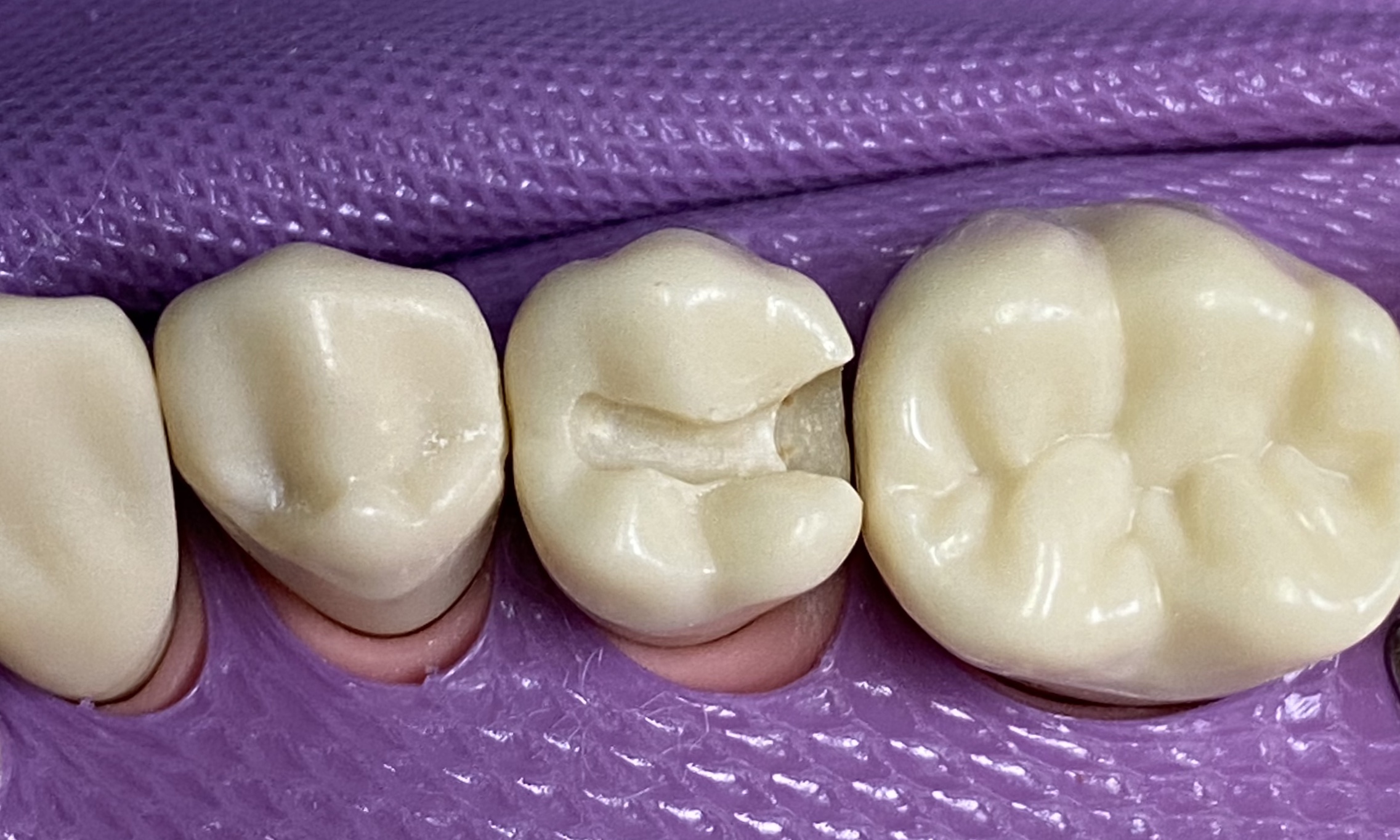
- Ensure the matrix band rises 1mm over the marginal ridge
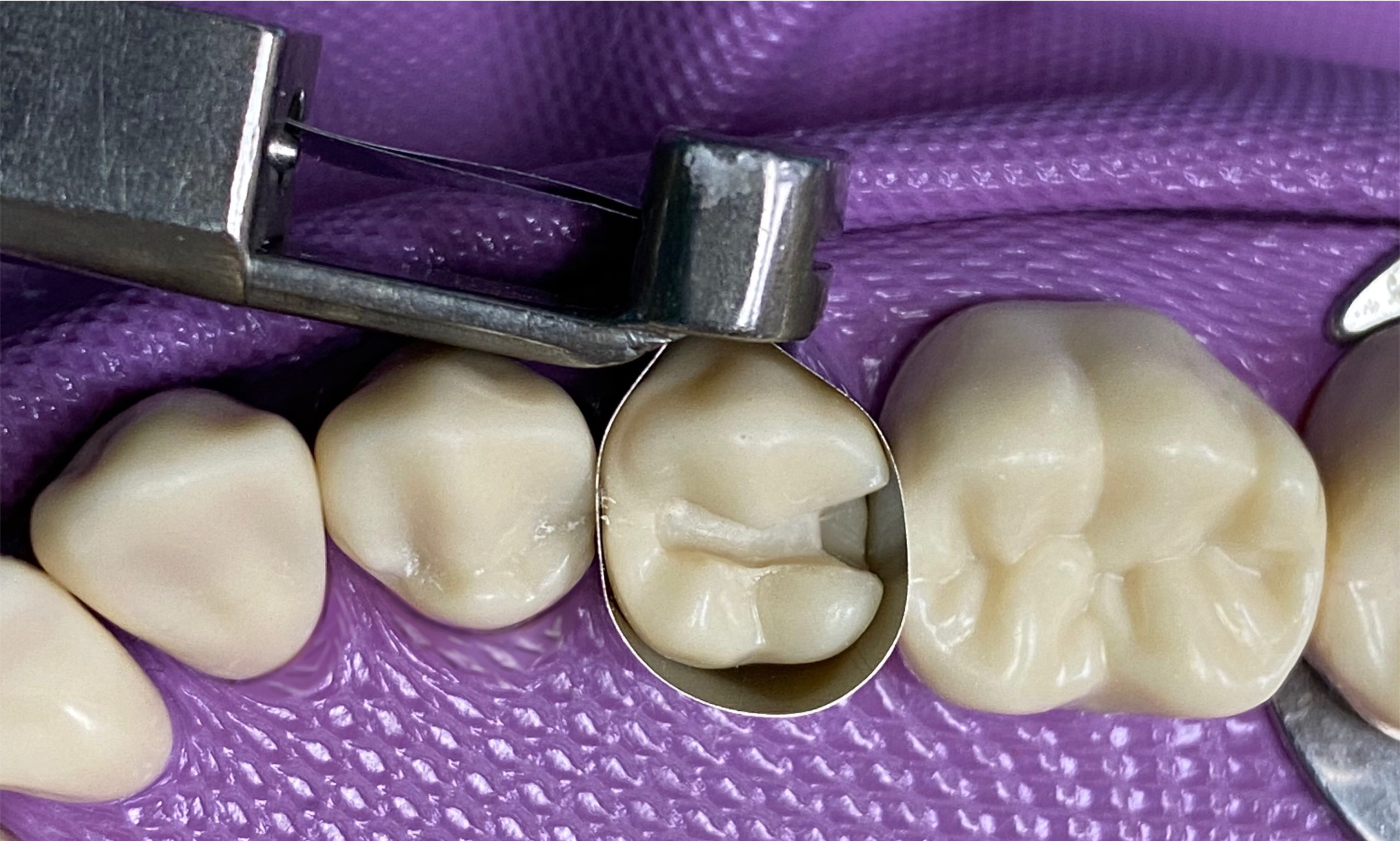
- Insert the wedge from the lingual using the forceps
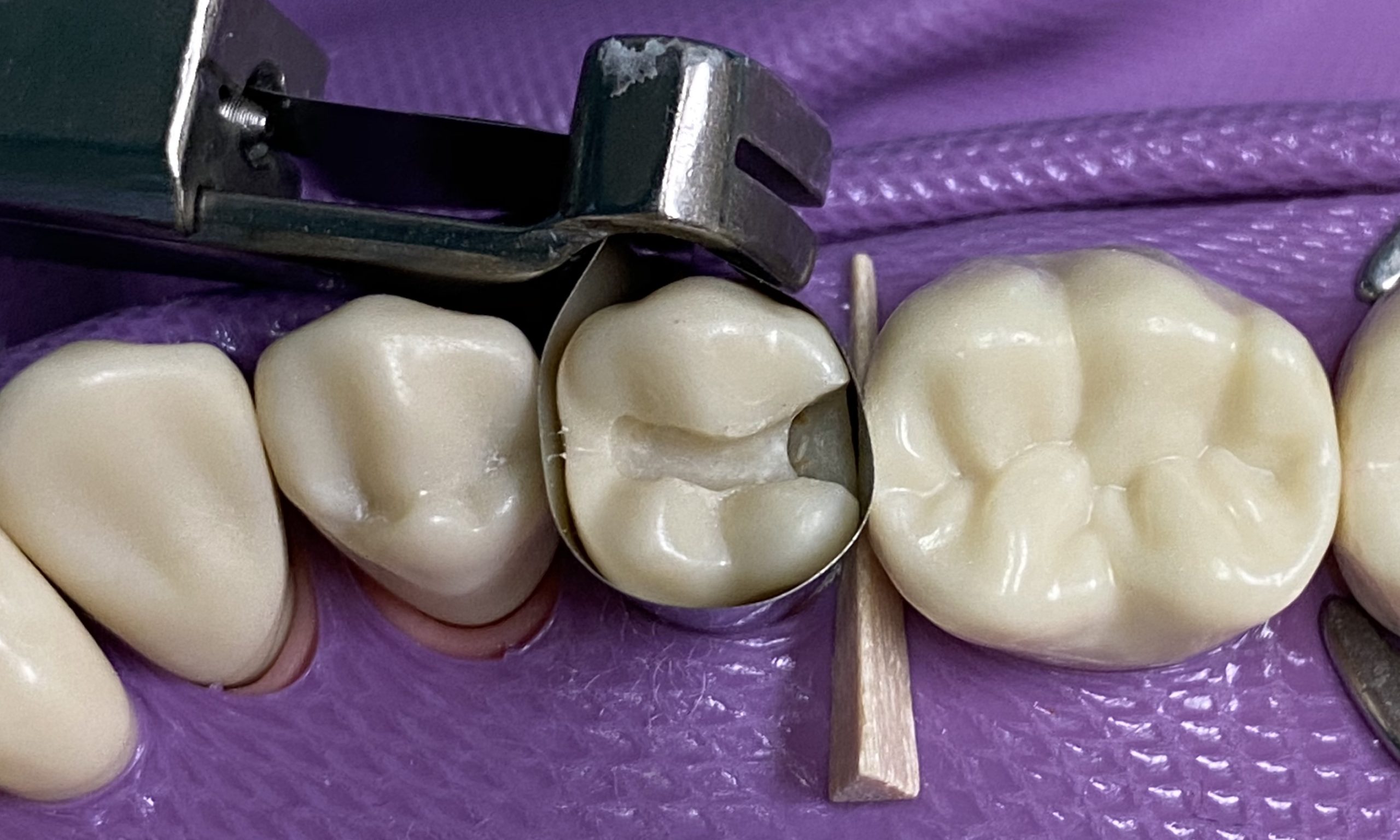
Instrument suggestions: ball burnisher, amalgam condenser
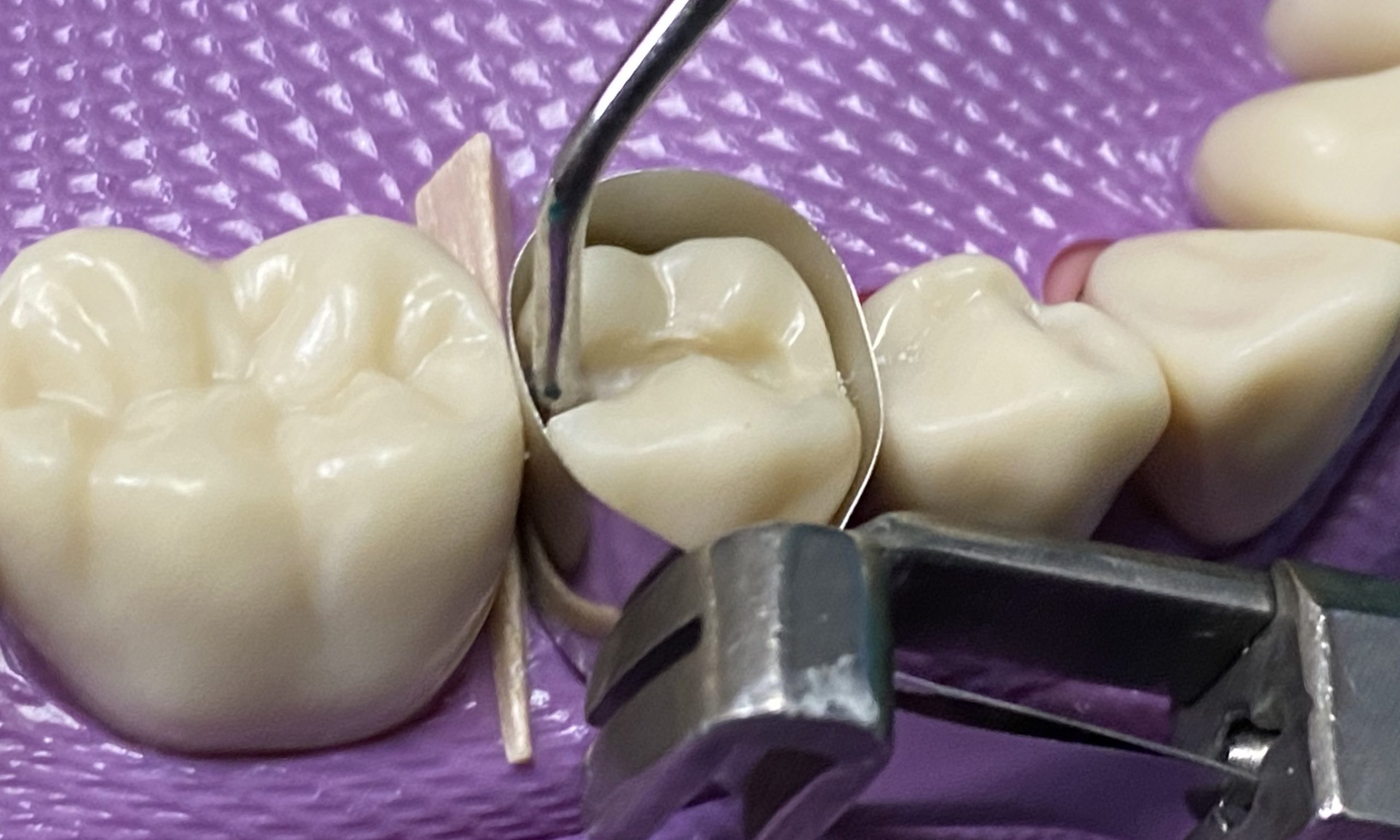
- Properly triturated amalgam: homogenous consistency
- Over triturated amalgam: hot, shiny, soupy, stick to the wall of the capsule, and will set quickly
- Under triturated amalgam: dry and crumbly
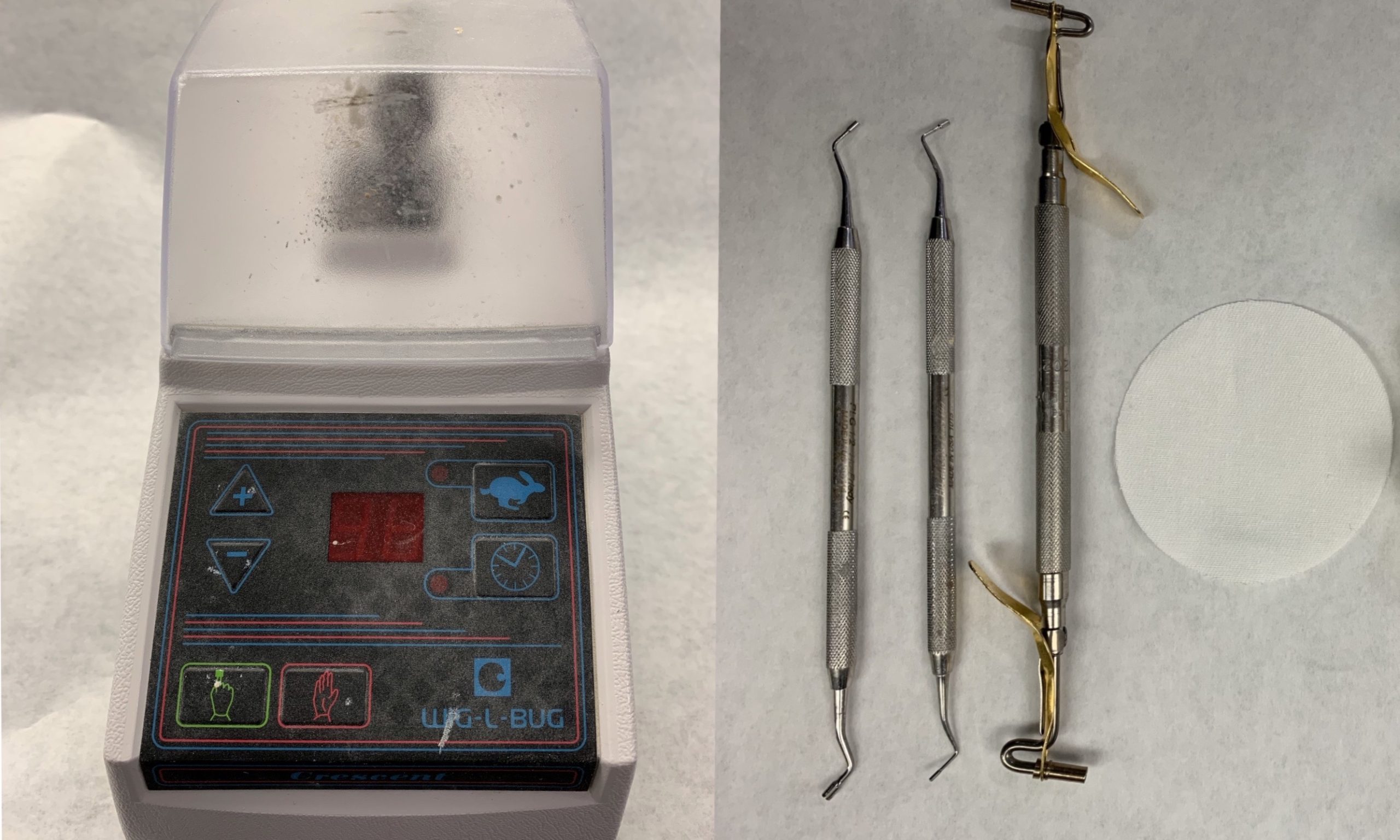
Caution: do not touch amalgam with bare hands
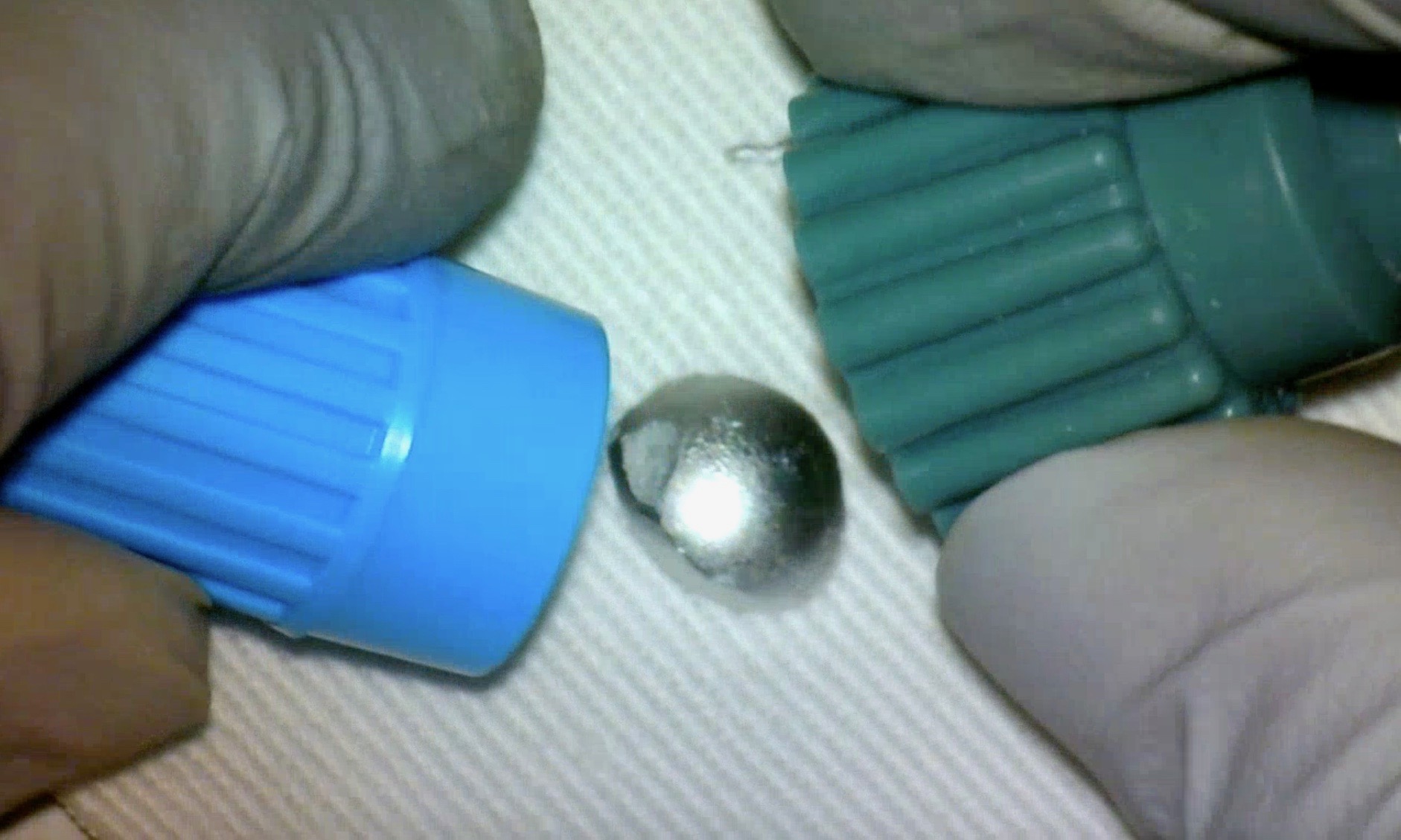
Work swiftly as amalgam sets fairly quickly
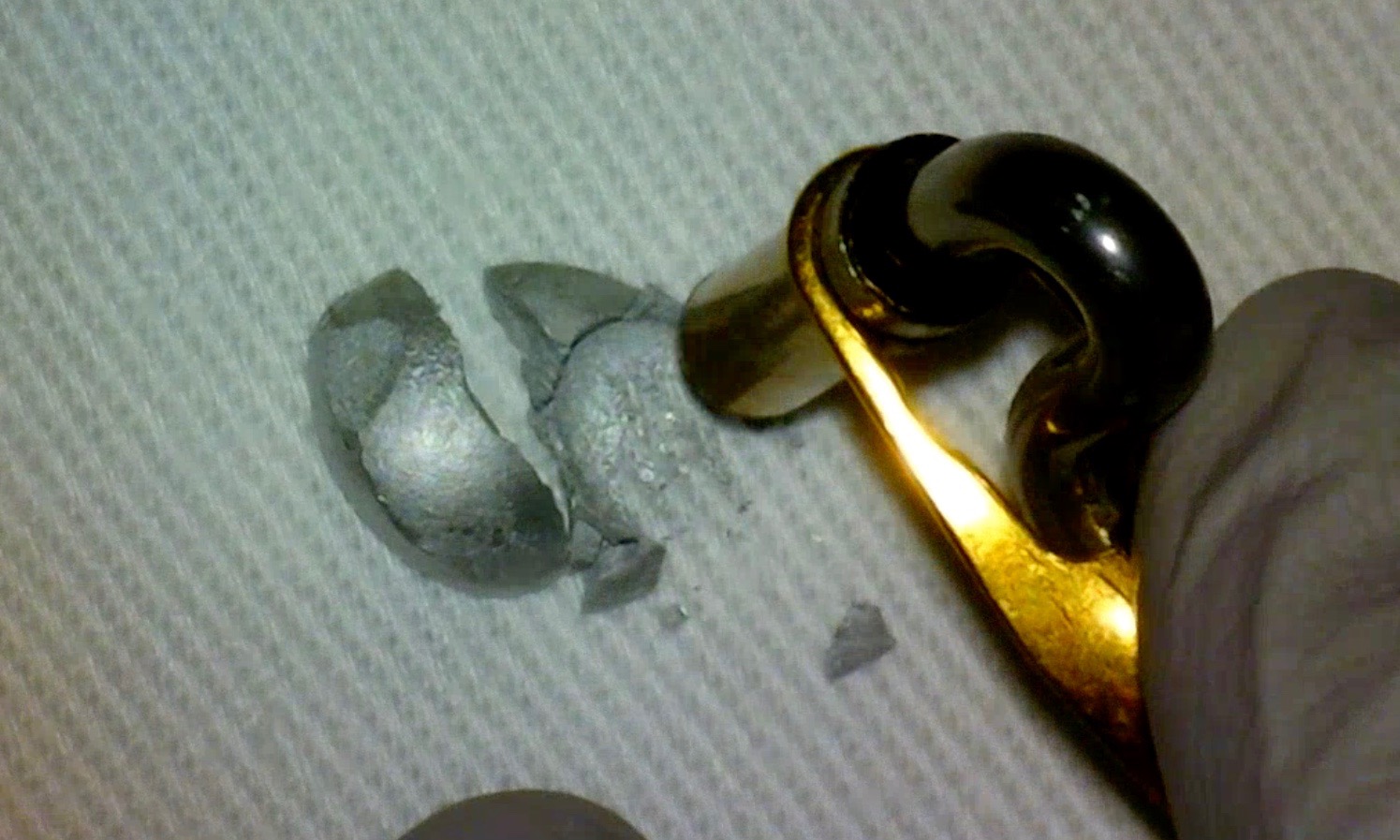
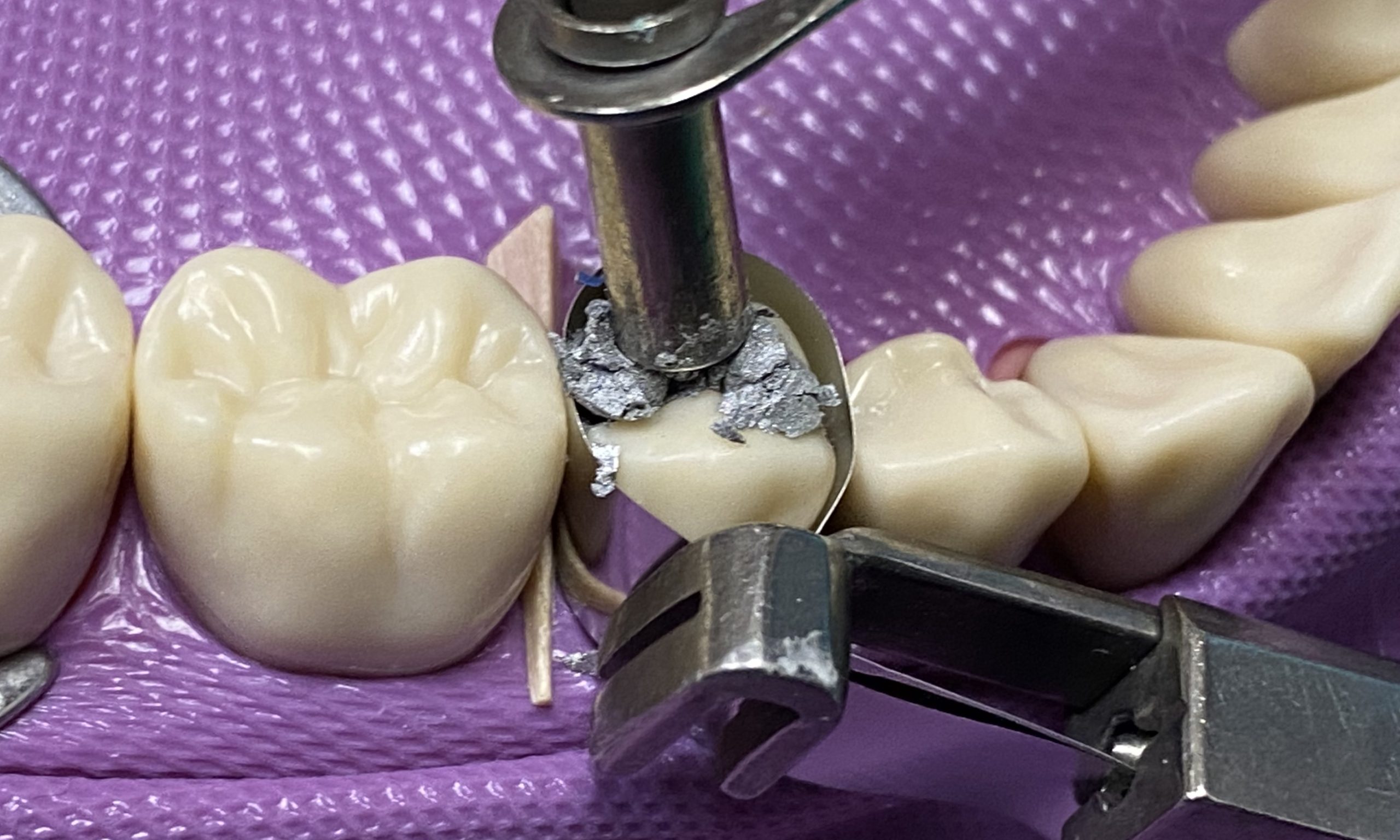
- Begin condensing in the proximal box
- Apply sufficient force when condensing amalgam
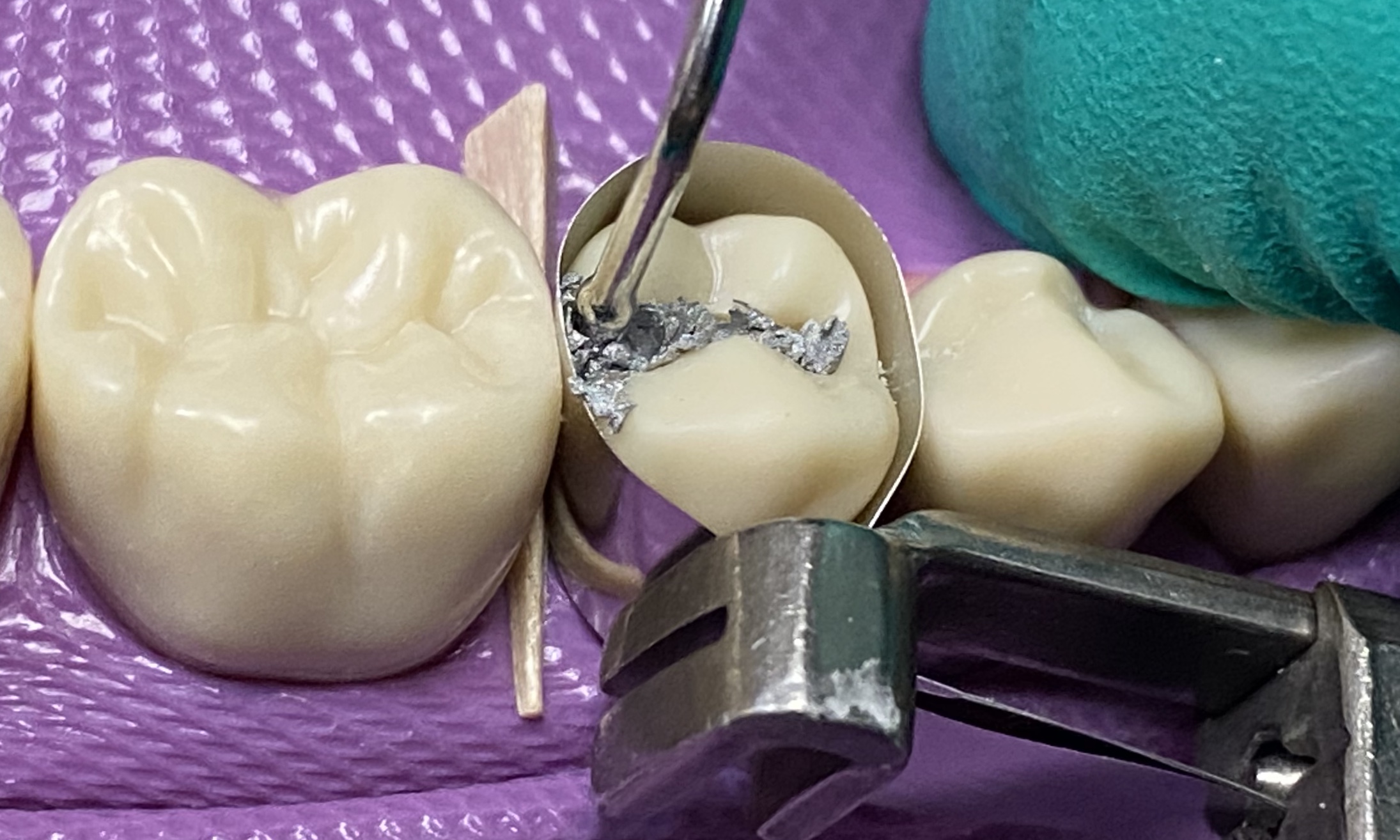
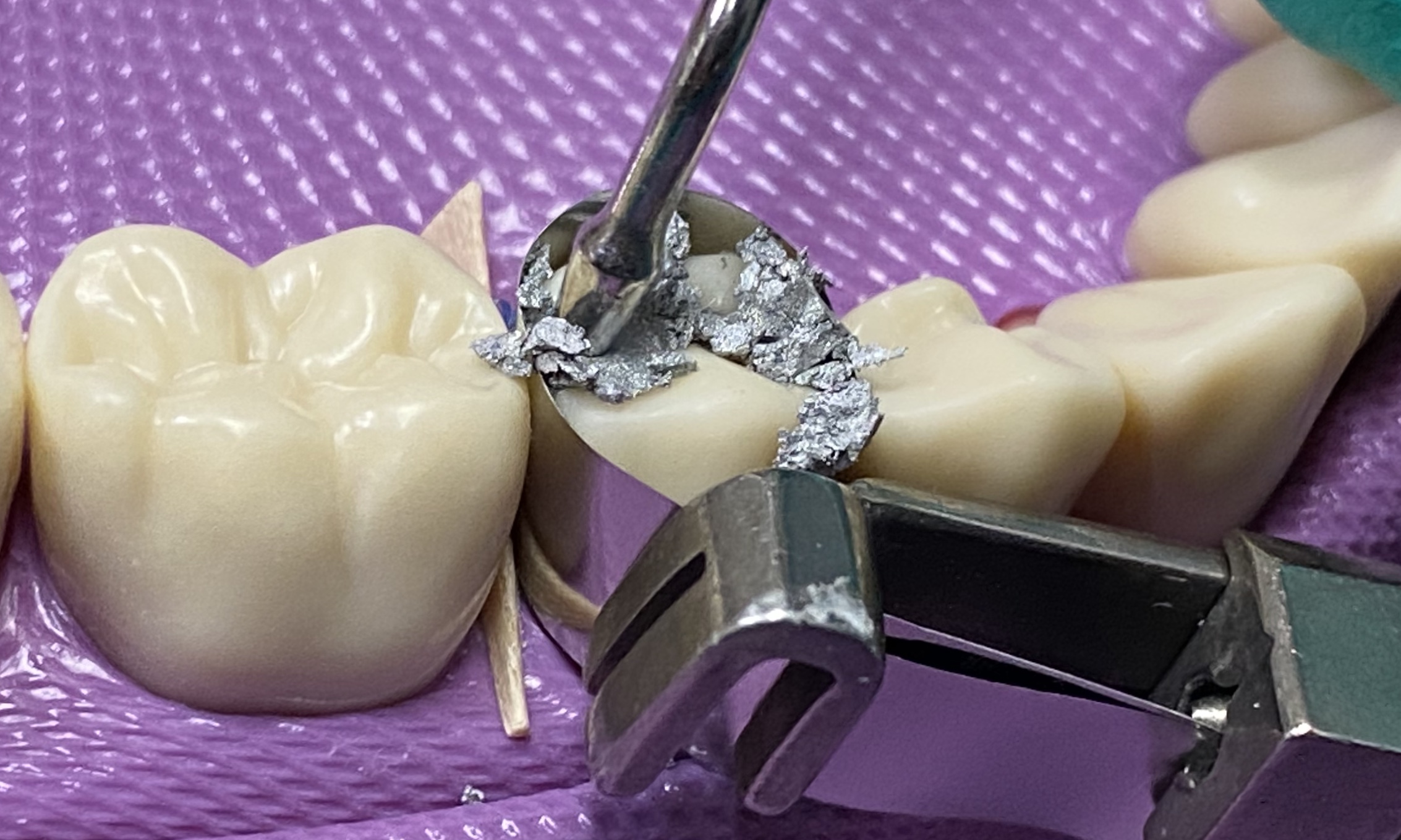
Use the larger amalgam condenser when the amalgam fill reaches the occlusal surface
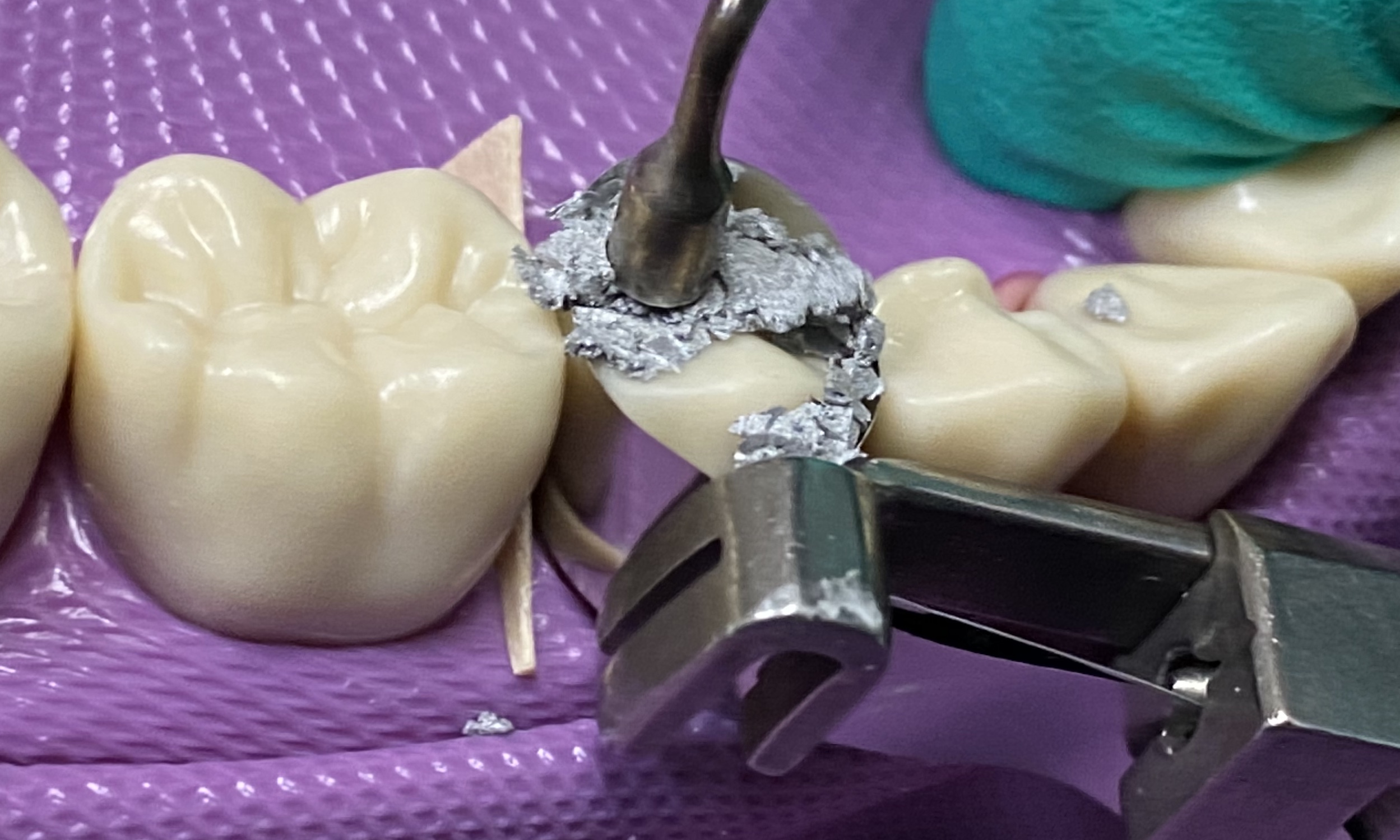
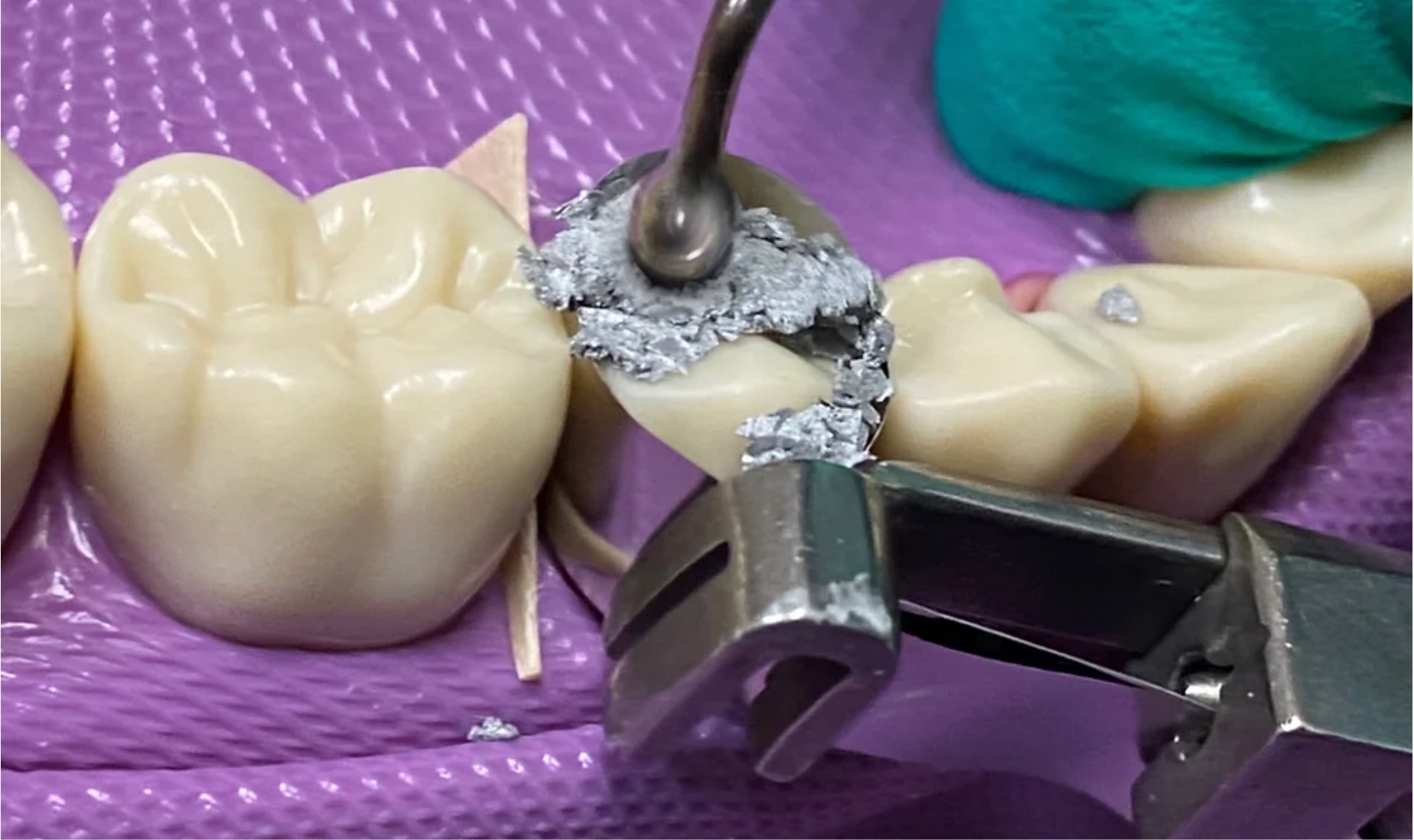
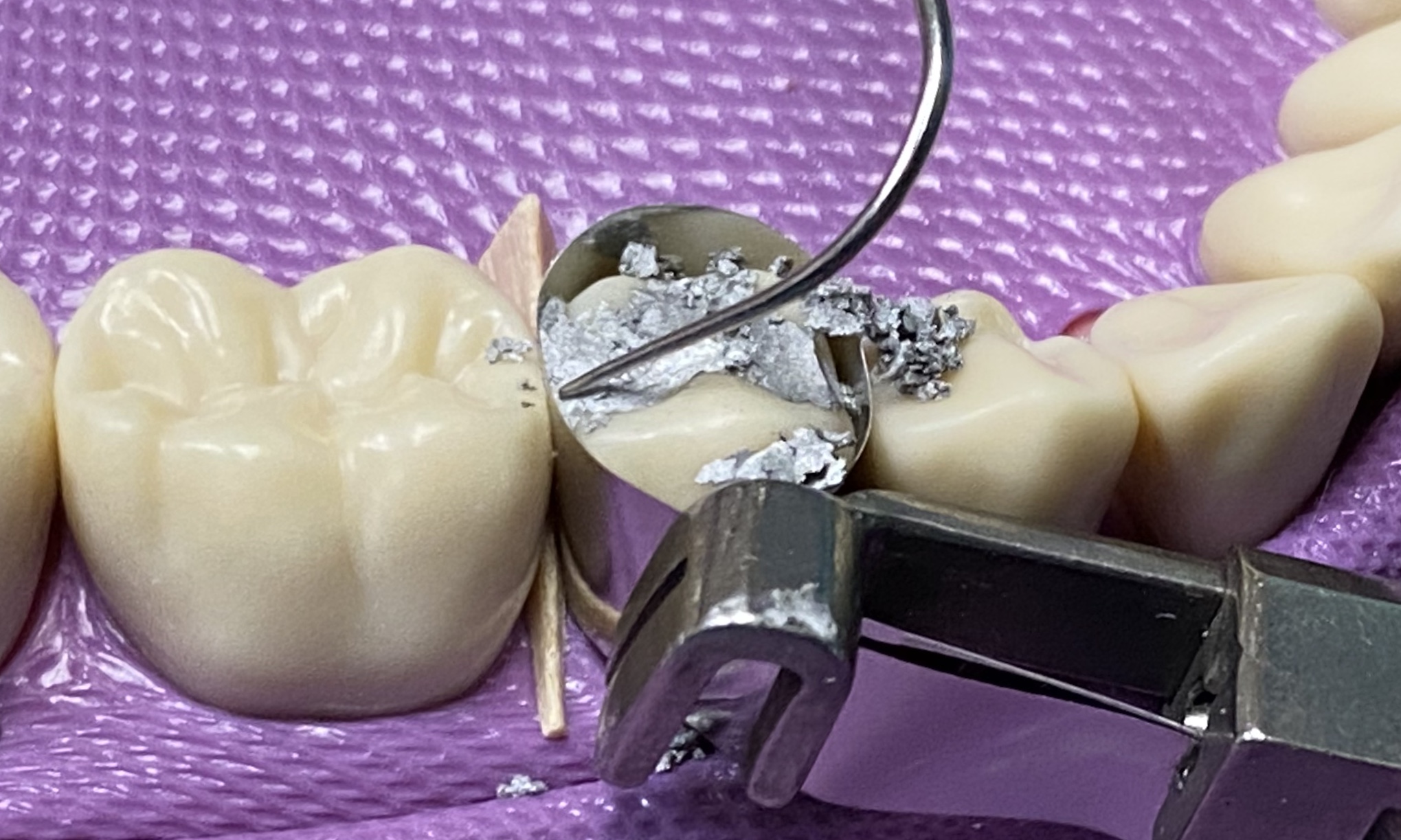
- Loosen the short swivel to release the matrix band from the matrix band holder
- Remove the interproximal wedge with forceps
- Remove the matrix band from the side opposite of the proximal box
- Lightly hold down the amalgam with an instrument and carefully remove the remaining portion of the matrix band in the bucco-occlusal or linguo-occlusal direction
- Removing the matrix band in the occlusal direction may dislodge the restoration
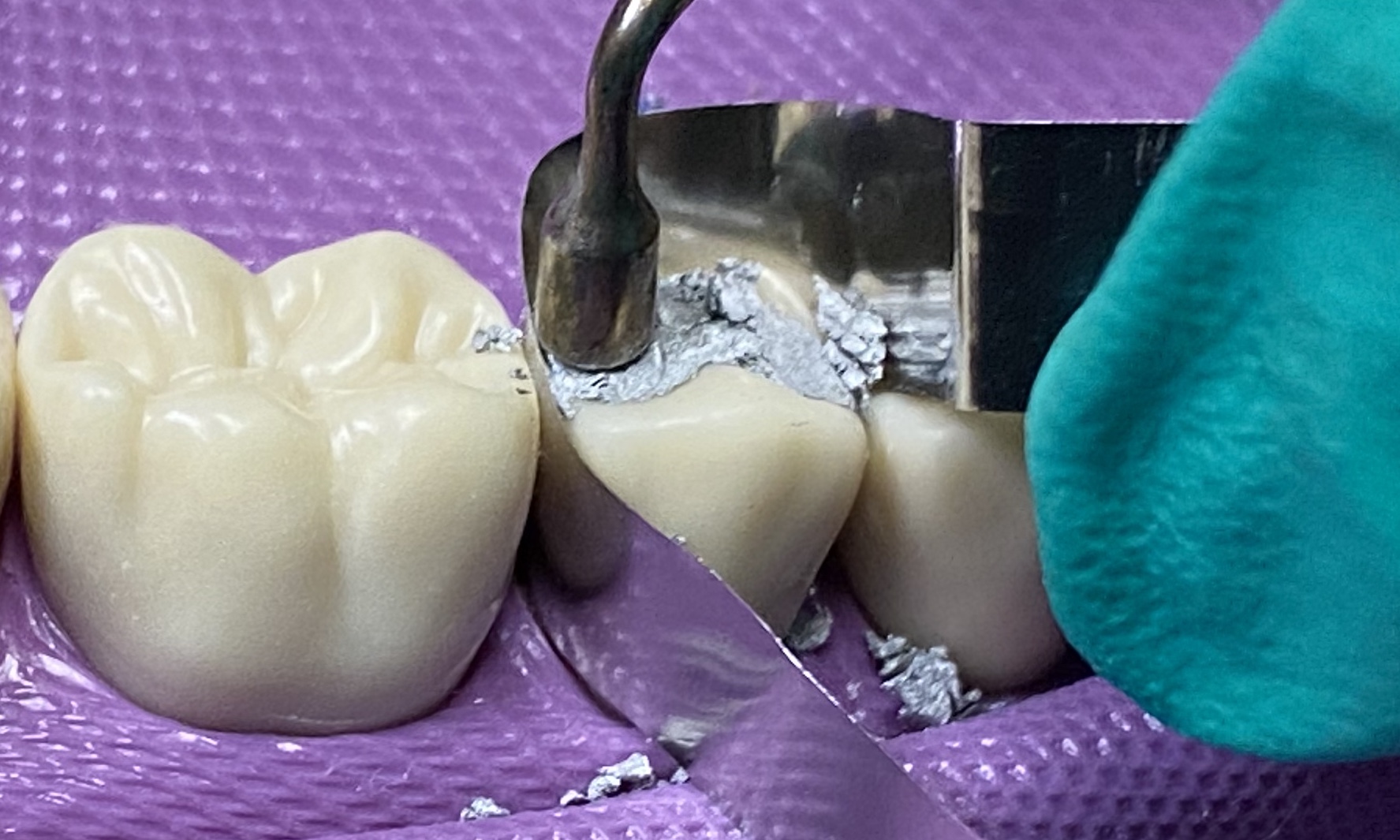
- Remove excess amalgam from the proximal aspect and overhang at the gingival margin
Instrument options: explorer, proximal carver
- Develop occlusal anatomy by guiding the instruments along the remaining tooth structure to create grooves and correct cuspal inclines
Instrument options: acorn burnisher, cleoid-discoid, Hollenback carver
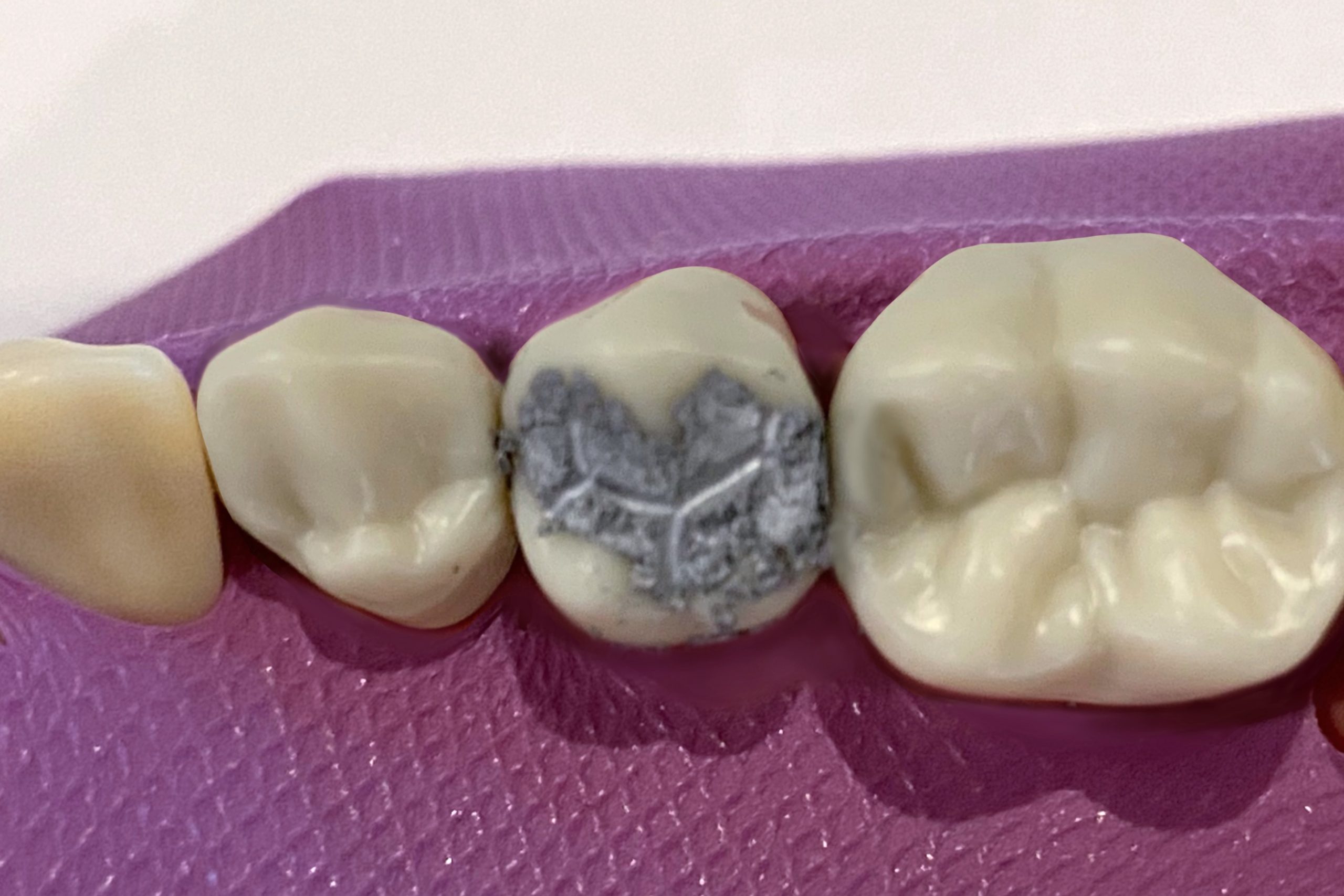
Instrument options: explorer, Hollenback
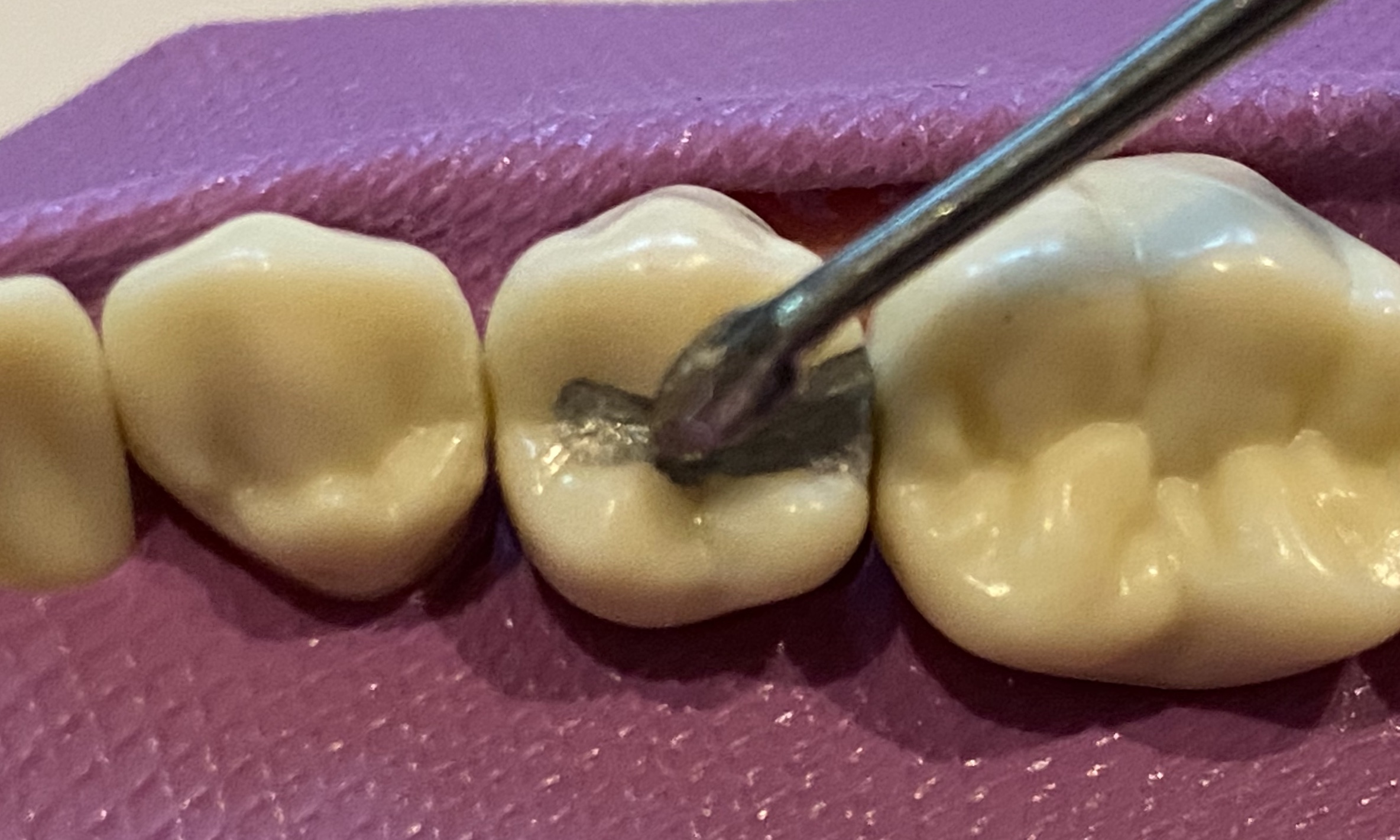
Instrument options: small ball burnisher
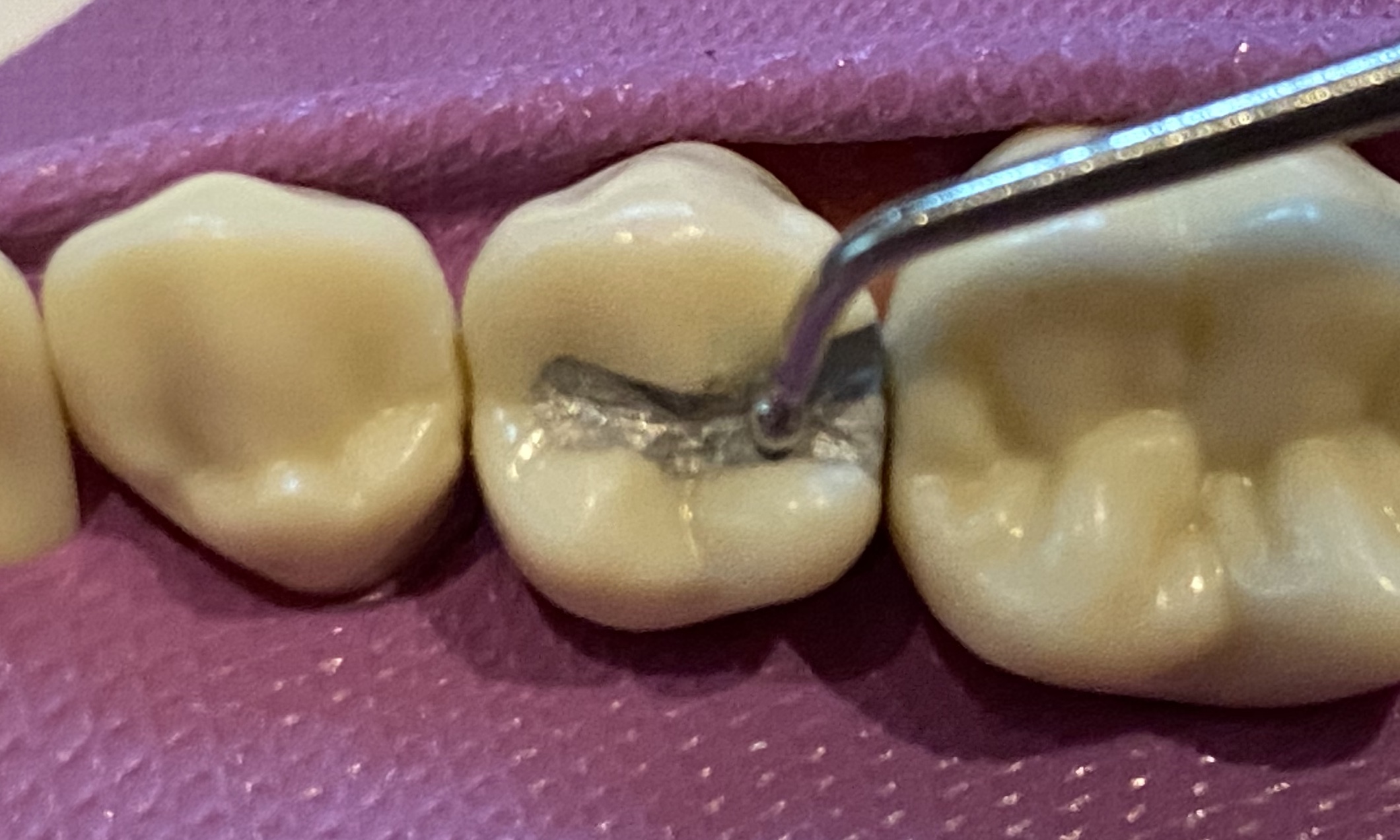
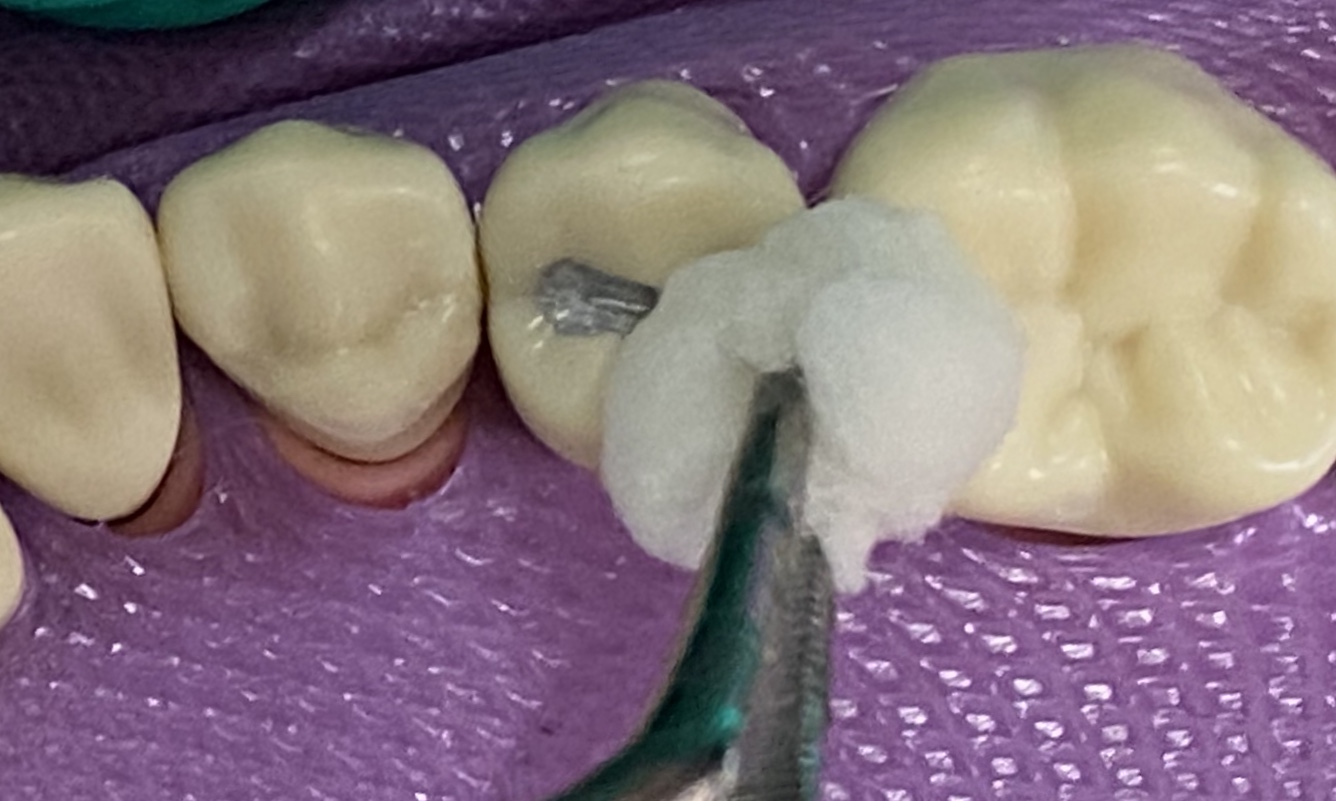
- Floss in the gingival direction and pull laterally through embrasure to avoid dislodging the restoration <br>
- Proper contact should give light resistance and create slight “snap” sound
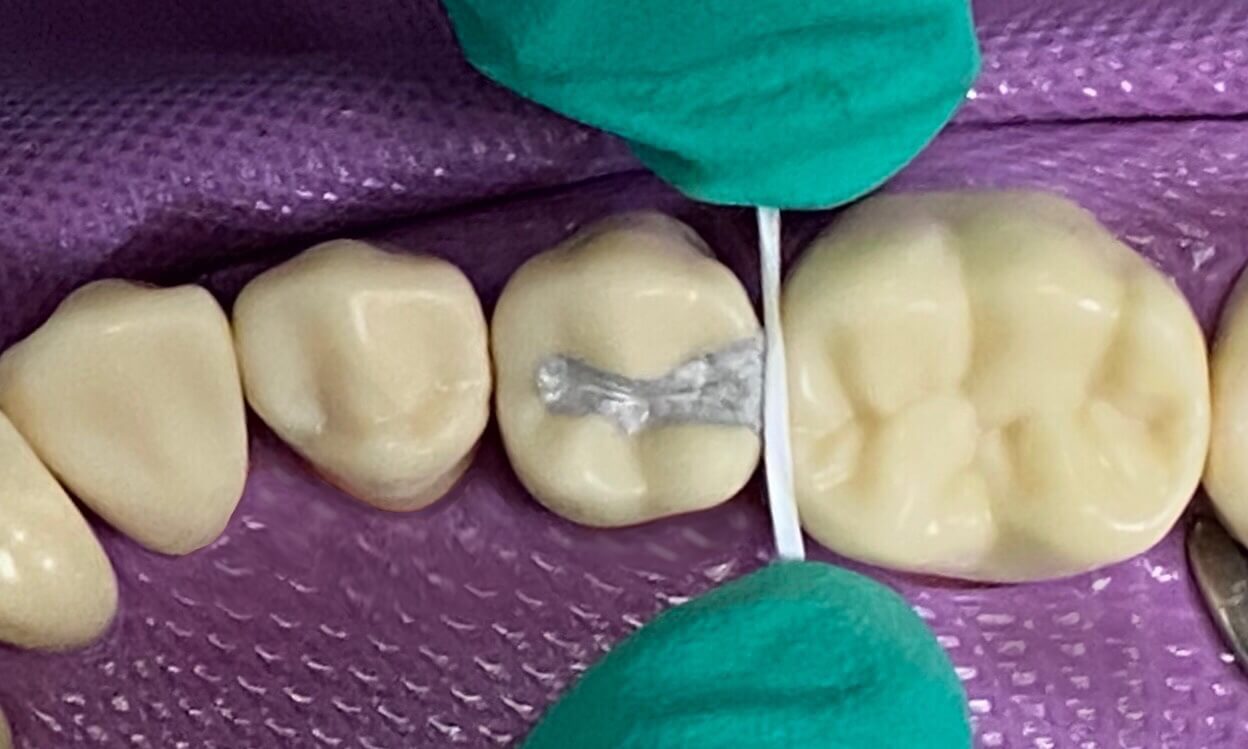
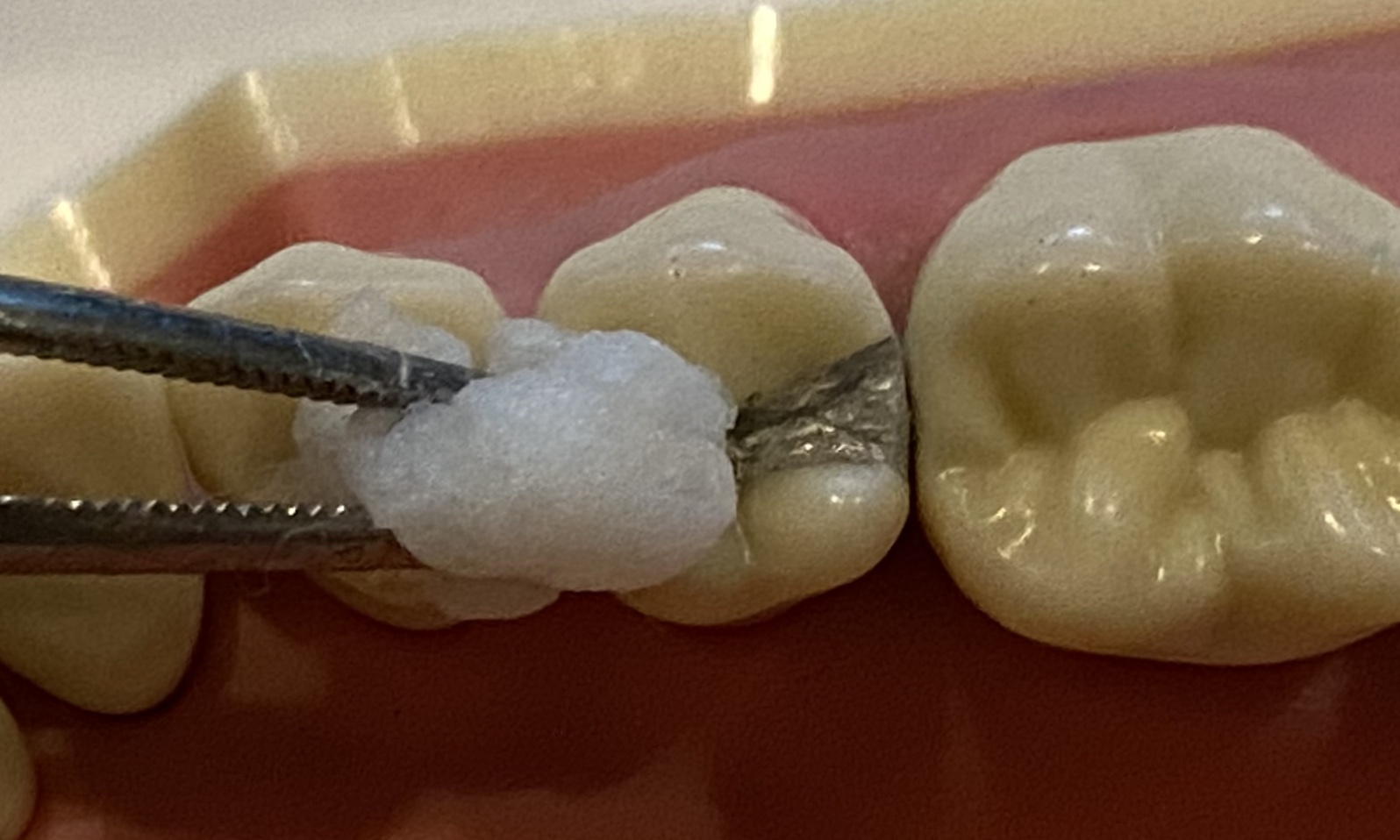
- Areas of hyperocclusion will mark heavily with the articulating paper <br>
- Adjust areas where the restoration is “high”
Instrument options: amalgam carver or cleoid-discoid
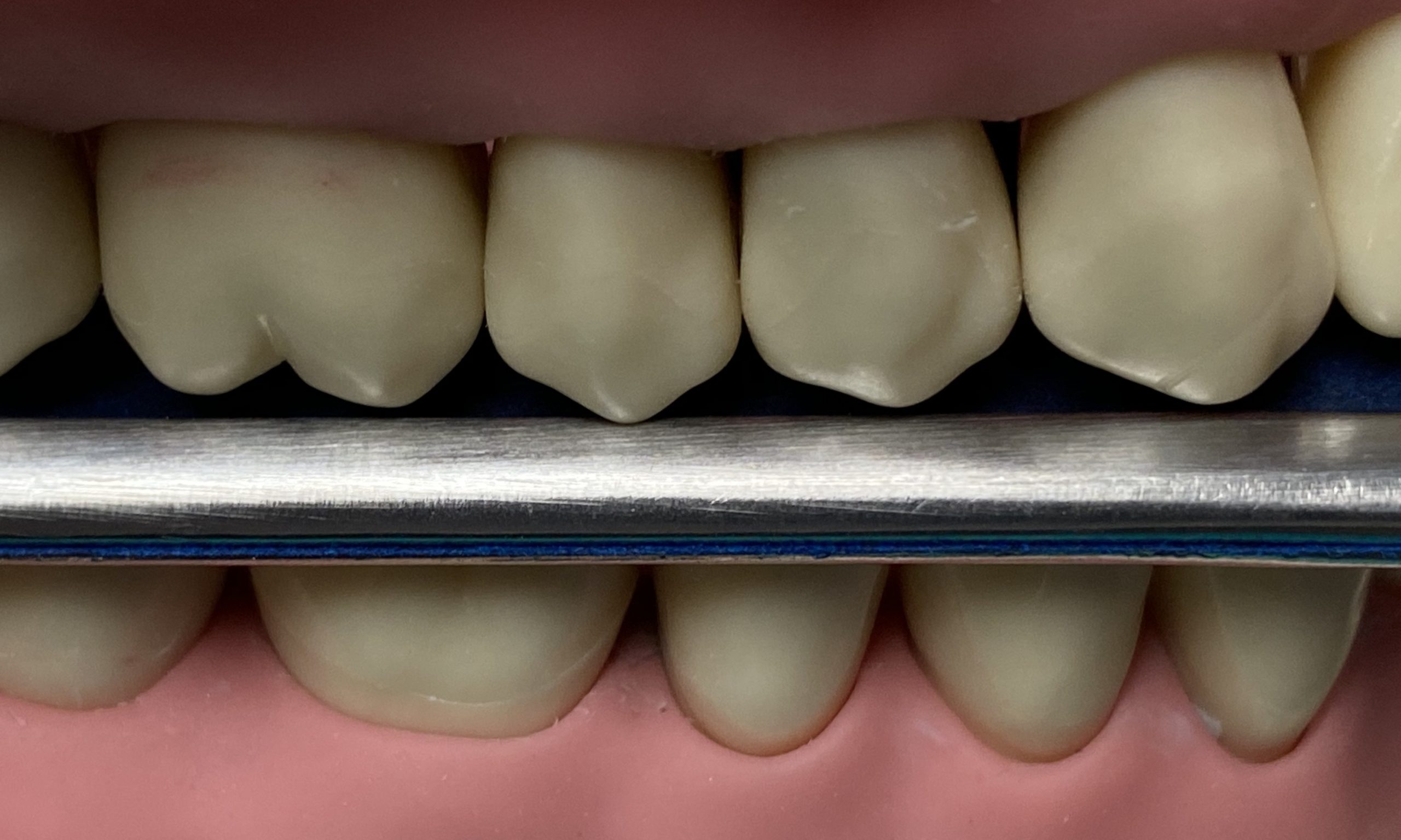
- Polishing is performed after amalgam has set, according to the manufacturer’s instructions
- Smooth the surface using rotary instruments (slow speed)
Bur options: rubber cup and pumice, Duragreen polishing bur or Brownie polishing bur
- Shine the surface using rotary instruments (slow speed)
Bur options: Greenie polishing bur
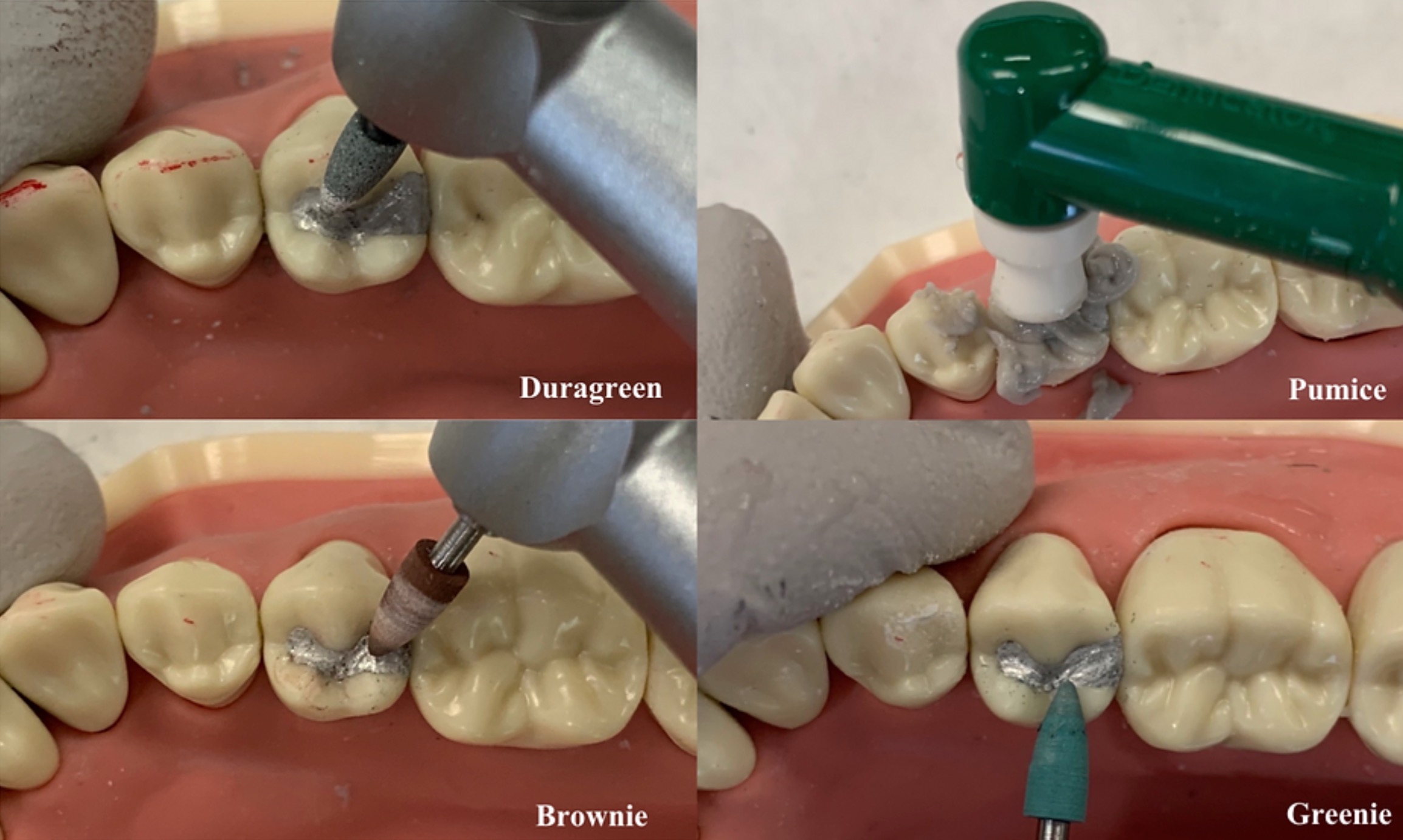
- Use the explorer to ensure that there is a smooth transition between the restoration and remaining tooth structure
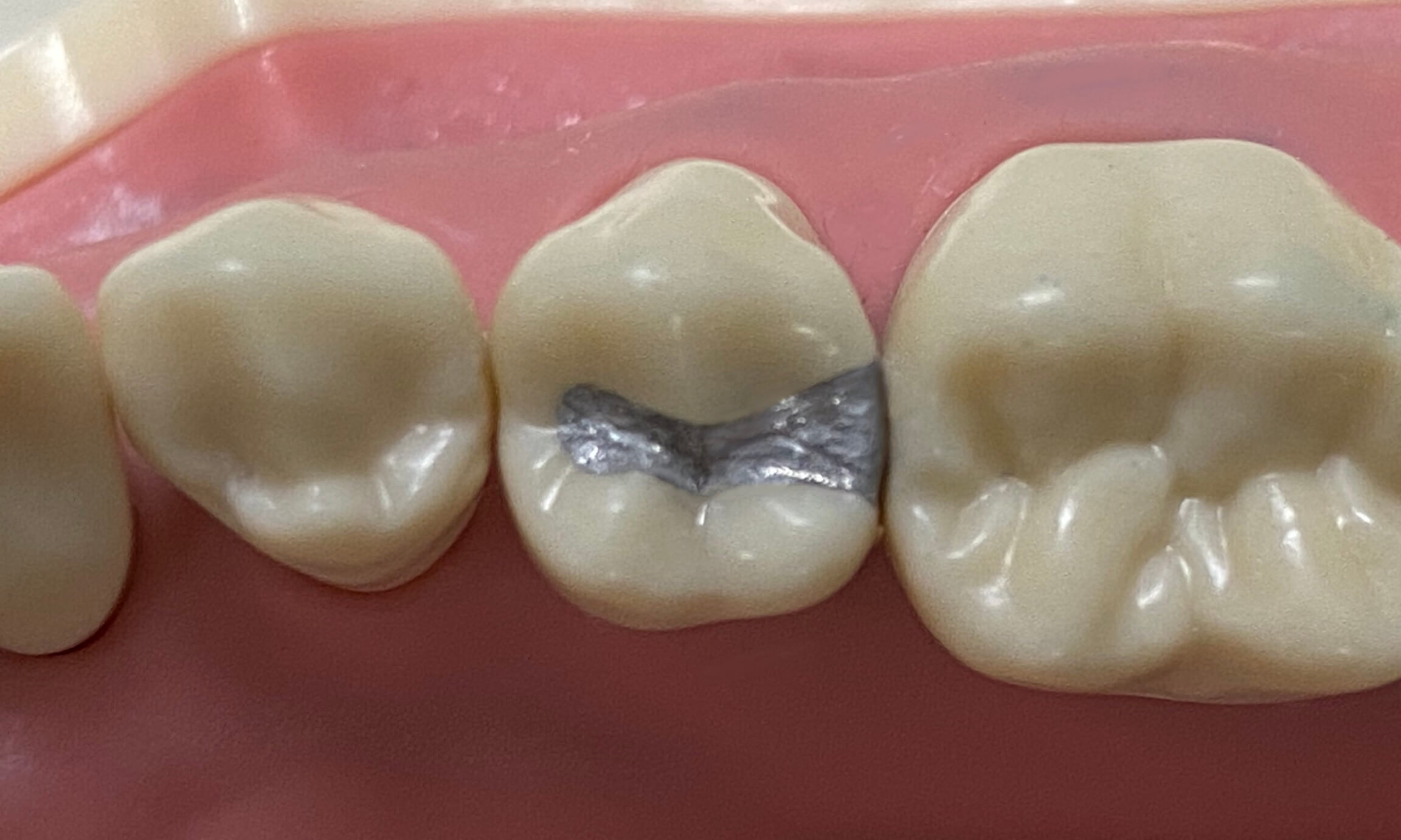
Checklist
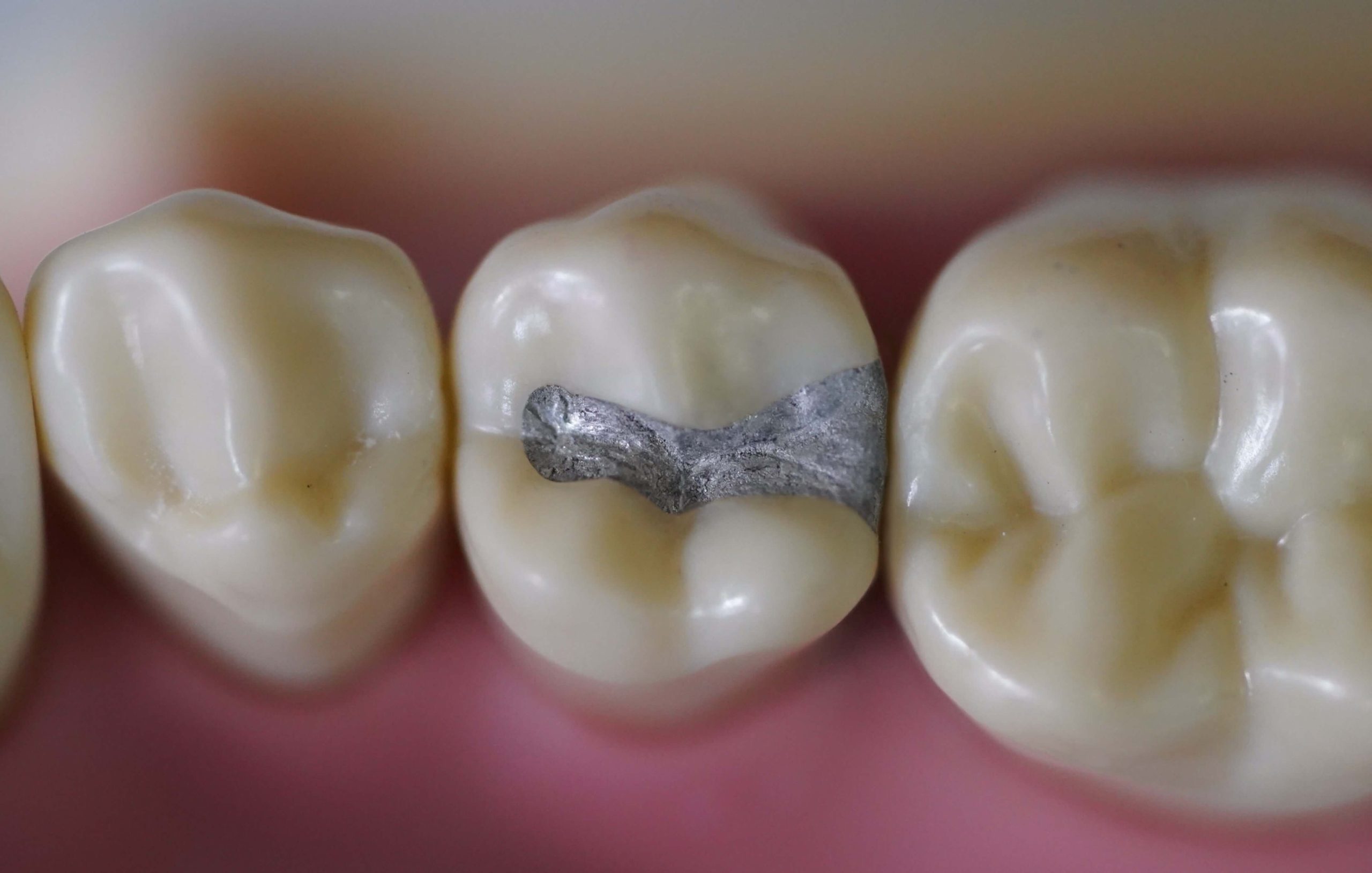
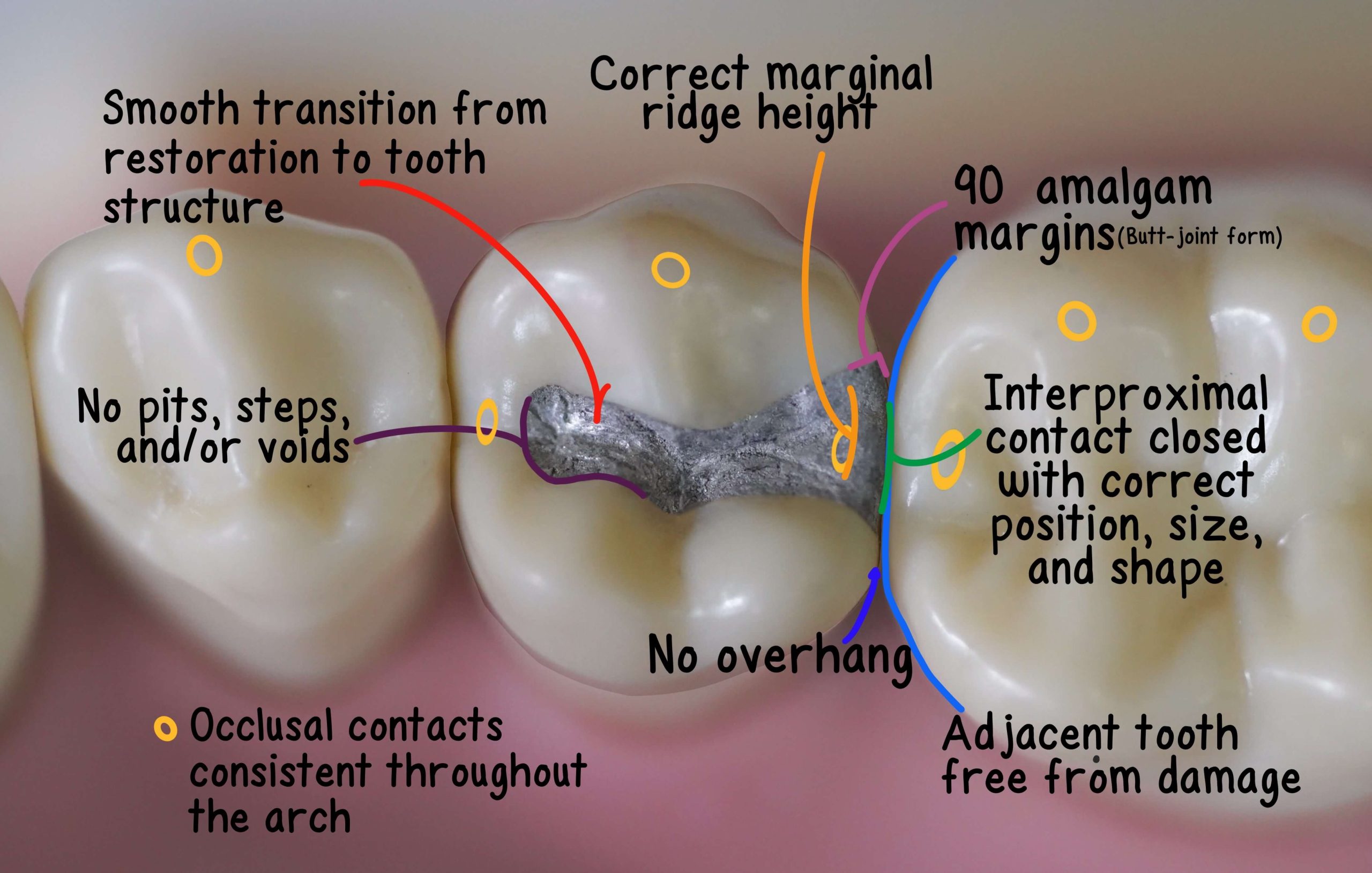
Common Mistakes
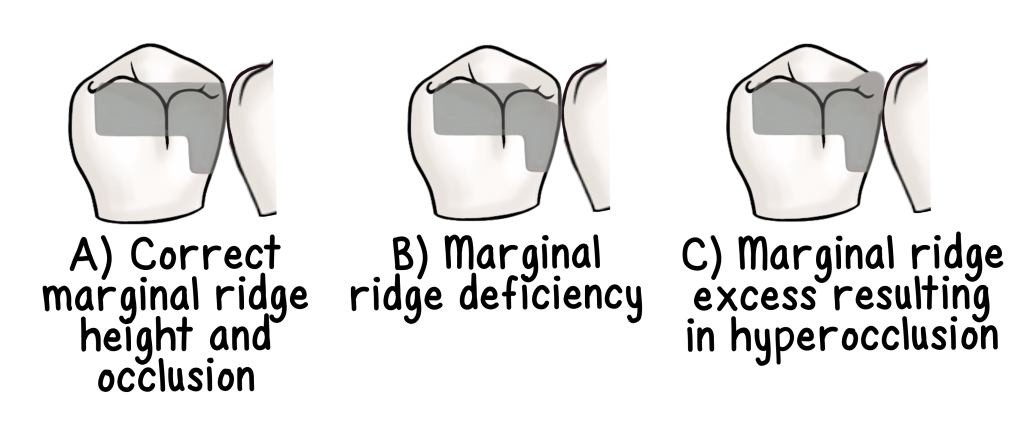
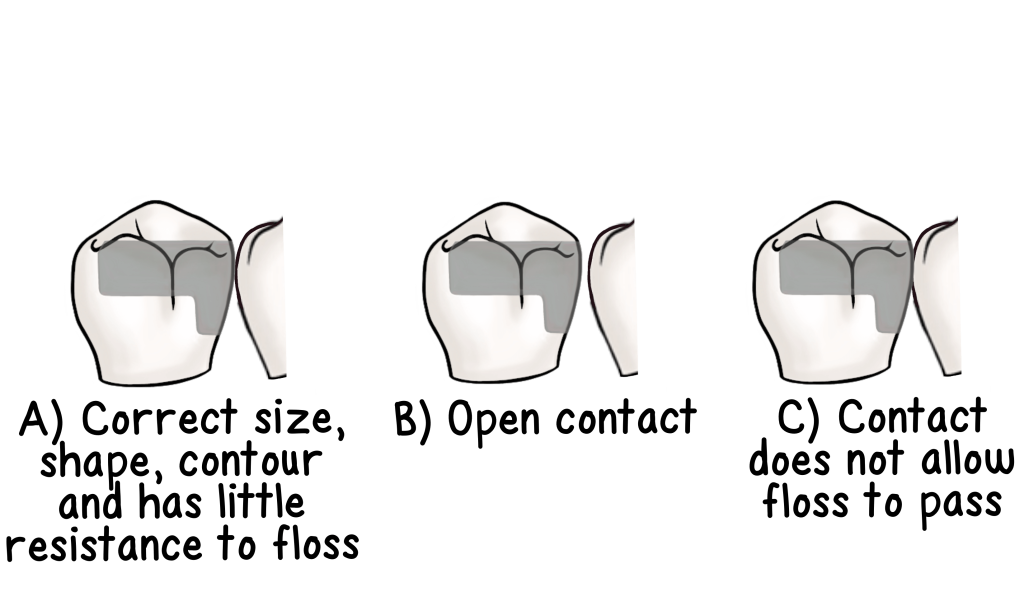
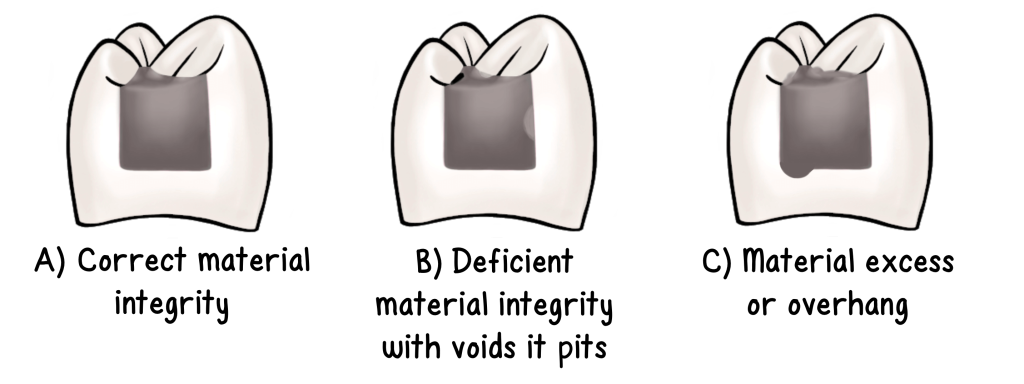
References
Hilton, T. J., Ferracane, J. L., & Broome, J. C. (2013). Summitt’s fundamentals of operative dentistry a contemporary approach. Quintessence Publishing Co. Inc.
Ritter, A. V., Boushell, L. W., Walter, R., & Sturdevant, C. M. (2019). Sturdevant’s art and Science of Operative Dentistry. Elsevier.
Congratulations
You’ve reached the end of this lesson
